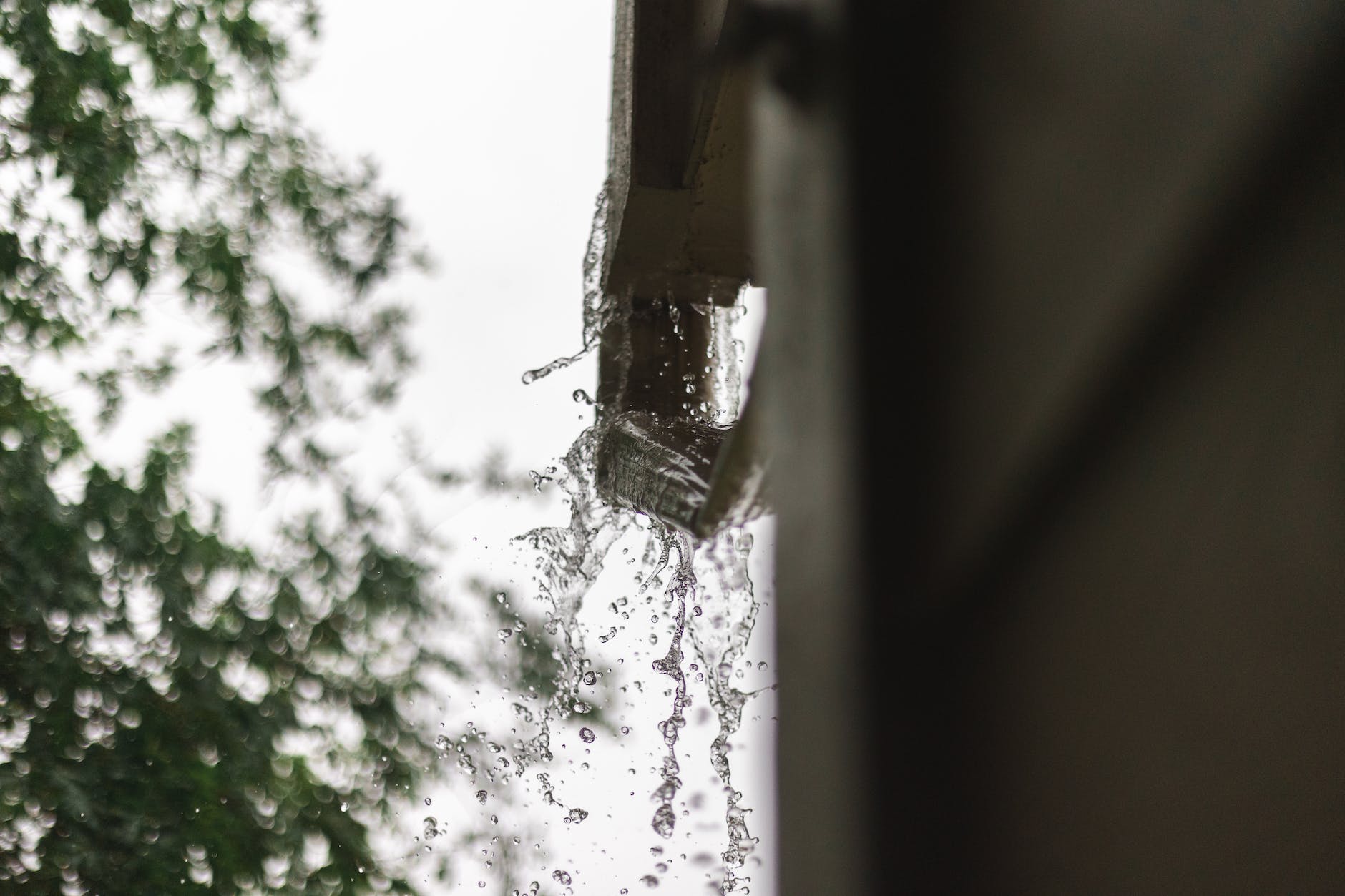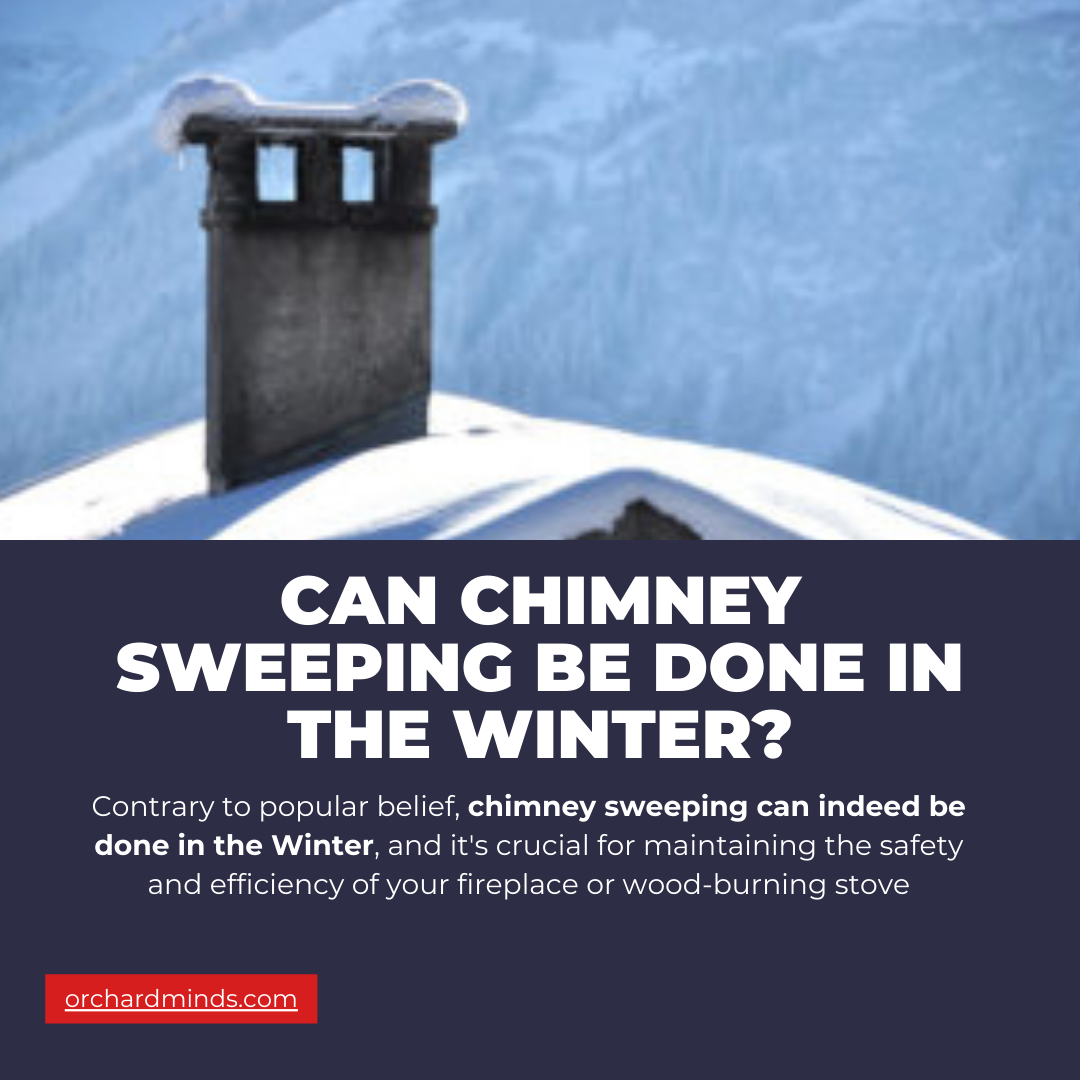To remove gutter screws, start by gathering the necessary tools, including a power drill or screwdriver, compatible drill bits or screwdriver tips, and safety gear. Begin loosening the screws by turning them counterclockwise using the drill or screwdriver. If the screws are corroded or challenging to remove, applying penetrating oil can facilitate the process. In cases of stubborn or damaged screws, consider using extraction tools like screw extractors or pliers for added leverage.
Address any corrosion issues by applying rust dissolvers or using a wire brush to clean the screw heads. Once the screws are successfully removed, inspect the gutter and replace any damaged or worn screws with new ones to ensure the continued stability and functionality of the gutter system.
Selecting the Right Tools
Selecting the right tools is a crucial initial step when undertaking any task, including the removal of gutter screws. For this specific job, you’ll need a few essential tools to ensure efficiency and precision. A power drill or screwdriver is fundamental, providing the necessary torque to loosen and extract the screws. Ensure that the drill bits or screwdriver tips you choose are compatible with the screws in question to avoid stripping or damaging them during the removal process. Safety gear, such as gloves to protect your hands and safety glasses for eye protection, is equally important.
The choice between a power drill and a manual screwdriver depends on personal preference and the scale of the job. Additionally, having penetrating oil on hand can be beneficial, especially when dealing with screws that may be corroded or tightly secured. By carefully selecting the right tools for the task, you set the foundation for a smoother and more effective gutter screw removal process.
Loosening the Gutter Screws
Loosening gutter screws is a fundamental step in various gutter maintenance tasks, from cleaning to repairs or replacements. To begin, ensure you have the appropriate tools for the job, such as a power drill or screwdriver, along with drill bits or screwdriver tips that match the type of screws used in your gutter system. Approach the screws with a controlled but steady force, turning them counterclockwise to initiate the loosening process.
It’s advisable to start at one end of the gutter and work your way towards the other end systematically. If you encounter resistance or the screws are particularly tight, applying penetrating oil to the screw heads can help break down rust or corrosion, making the loosening process smoother. Regular inspection and maintenance of gutter screws are essential to prevent issues like sagging gutters, ensuring the proper functioning of the entire gutter system in effectively channeling water away from your home.
Addressing Corrosion Challenges
Addressing corrosion challenges is a crucial aspect of maintaining and prolonging the lifespan of gutter systems. Gutter screws, exposed to the elements, are susceptible to corrosion over time, especially in regions with high humidity or frequent rainfall. When confronted with corroded gutter screws, it’s essential to take proactive measures to facilitate their removal. Start by applying a penetrating oil, such as WD-40, to the corroded screws. Allow the oil to penetrate and break down rust, making it easier to loosen the screws. For more stubborn corrosion, a wire brush can be employed to clean the screw heads, removing surface rust and debris.
This not only aids in the removal process but also prepares the screws for potential replacement. In situations where corrosion has significantly compromised the screws, considering corrosion-resistant alternatives, such as stainless steel screws, during replacement can mitigate future corrosion issues. Proper maintenance, including addressing corrosion challenges, ensures the integrity of the gutter system and contributes to the overall effectiveness of rainwater management around a structure.
Utilizing Extraction Tools
Utilizing extraction tools is a crucial step in the process of removing stubborn or damaged gutter screws. When conventional methods, such as using a power drill or screwdriver, prove insufficient, extraction tools come into play to provide additional leverage and grip. Screw extractors, for example, are specialized tools designed to bite into the damaged screw, allowing it to be turned counterclockwise for removal. Pliers with a locking mechanism can also be effective, offering a firm grip on the screw to facilitate turning. The choice of extraction tool depends on the specific nature of the screw and the degree of difficulty in removal.
These tools not only aid in extracting stuck or corroded screws but also minimize the risk of damaging the surrounding gutter or fascia. It’s essential to use these tools with care, applying steady pressure and adjusting the tool size to match the screw head for optimal results in the extraction process.
Replacing Gutter Screws
Replacing gutter screws is a vital aspect of gutter maintenance, ensuring the continued stability and effectiveness of the gutter system. Start by inspecting the entire gutter length, identifying any screws that are damaged, rusted, or no longer securely in place. Once identified, use a power drill or screwdriver to carefully remove the old screws by turning them counterclockwise. If the screws are corroded or difficult to remove, applying a penetrating oil can assist in loosening them. After removing the old screws, thoroughly clean the screw holes and surrounding areas.
Choose replacement screws that are appropriate for the gutter material and resistant to corrosion, as gutters are exposed to various weather conditions. Install the new screws securely into the existing holes, ensuring they are tightened adequately to provide proper support. Regularly inspect and replace gutter screws as needed to prevent issues like sagging or detachment, ultimately preserving the integrity of the gutter system and protecting the home from potential water damage.





